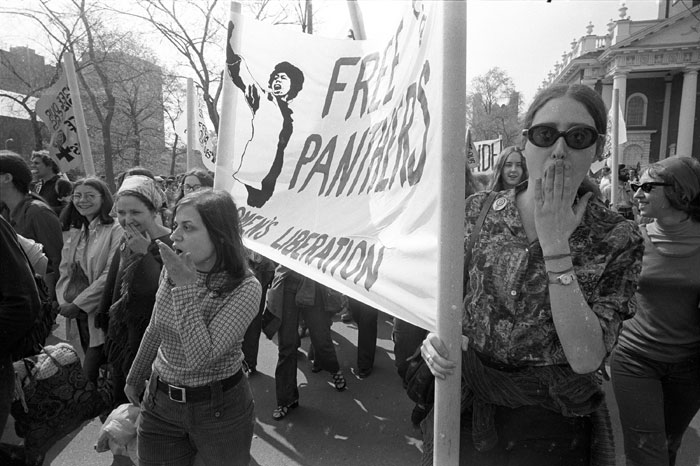

The author explains in an Introduction that Witness to the Revolution is “a selective history” and the book “touches only lightly on the black experience, feminism, and the music scene” because there “just wasn’t room enough in one book.”Įven within that dramatically reduced landscape, Bingham covers a great deal of ground. There’s a great deal about the white Left as well as the counterculture and nothing about free jazz, DRUM, AIM, Stonewall or Black Arts. The primary focus of Witness to the Revolution is the movement against the war in Vietnam. Though the focus of the book is the one-year period from the summer of 1969 to the summer of 1970, the interviews cover ground going back much earlier and thus provide many important insights about context and individual development. The book is an oral history and we hear from well-known figures of the time such as Ericka Huggins, Tom Hayden and Robin Morgan as well as others like Vivian Rothstein, Wesley Brown and Jan Barry who did significant work mostly behind the scenes in one or more of the movements that together made up The Movement. Witness to the Revolution: Radicals, Resisters, Vets, Hippies, and the Year America Lost Its Mind and Found Its Soul by Clara Bingham is a valuable contribution to further understanding and popularizing the radical upsurge of the 1960s.

Share on WhatsApp Share on Facebook Share on Twitter Share on Telegram Share on Reddit Share on Email


 0 kommentar(er)
0 kommentar(er)
